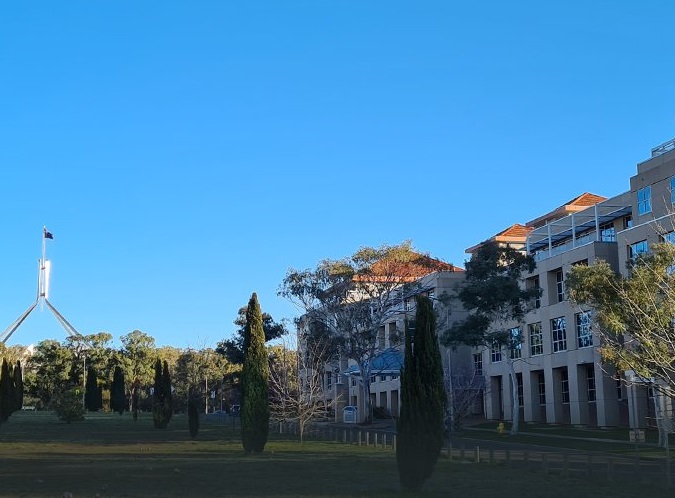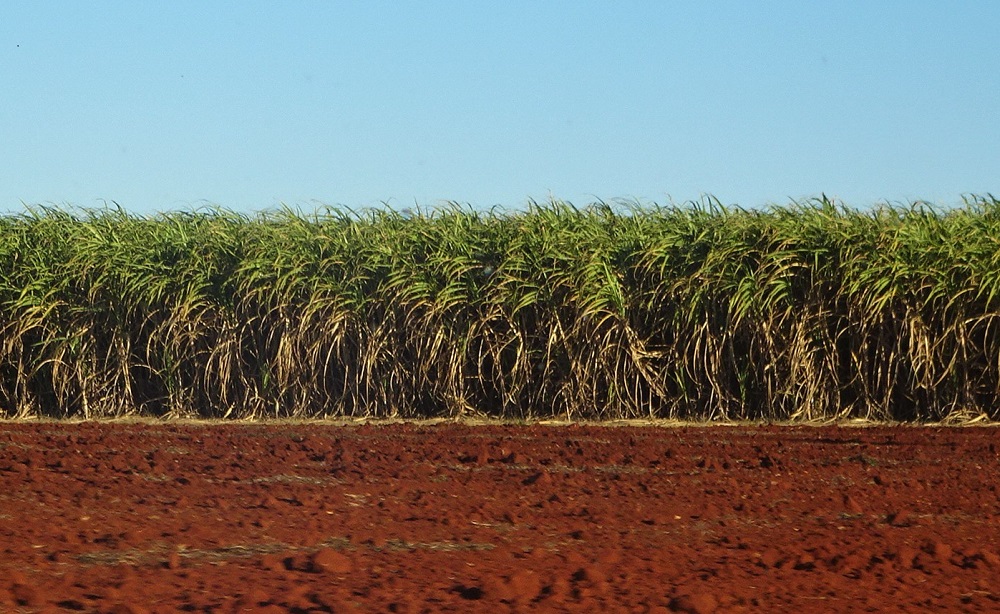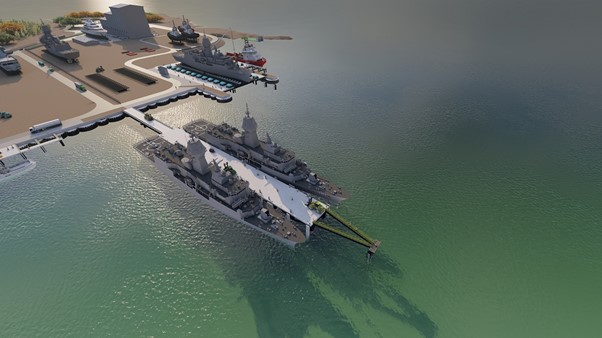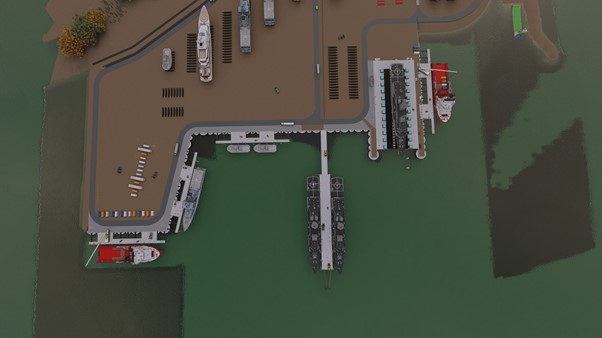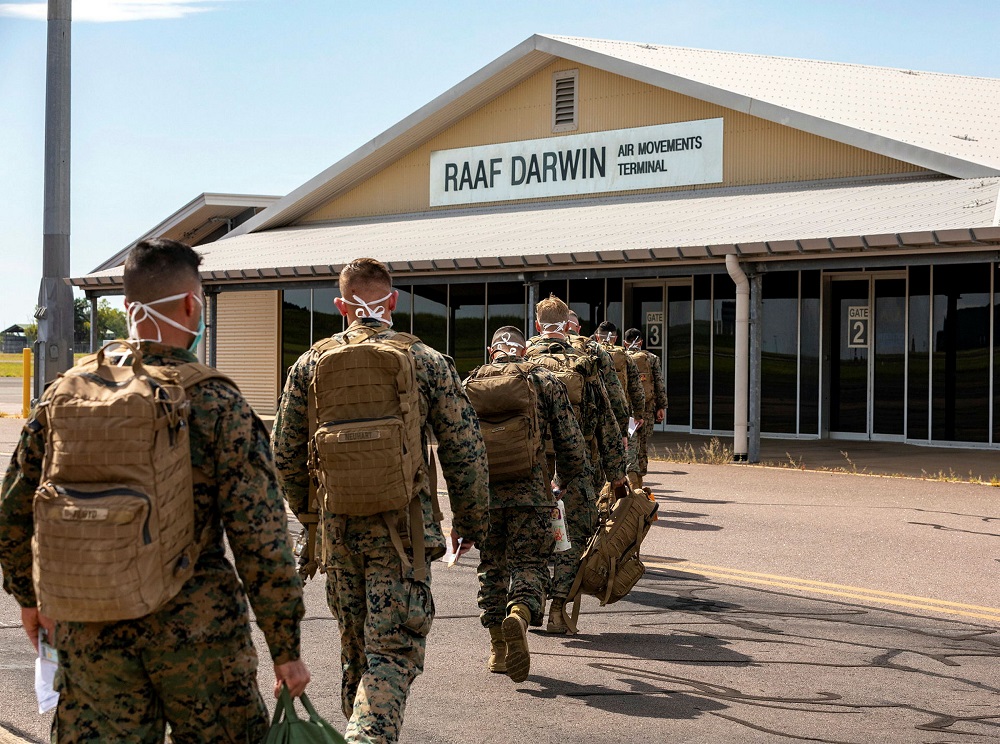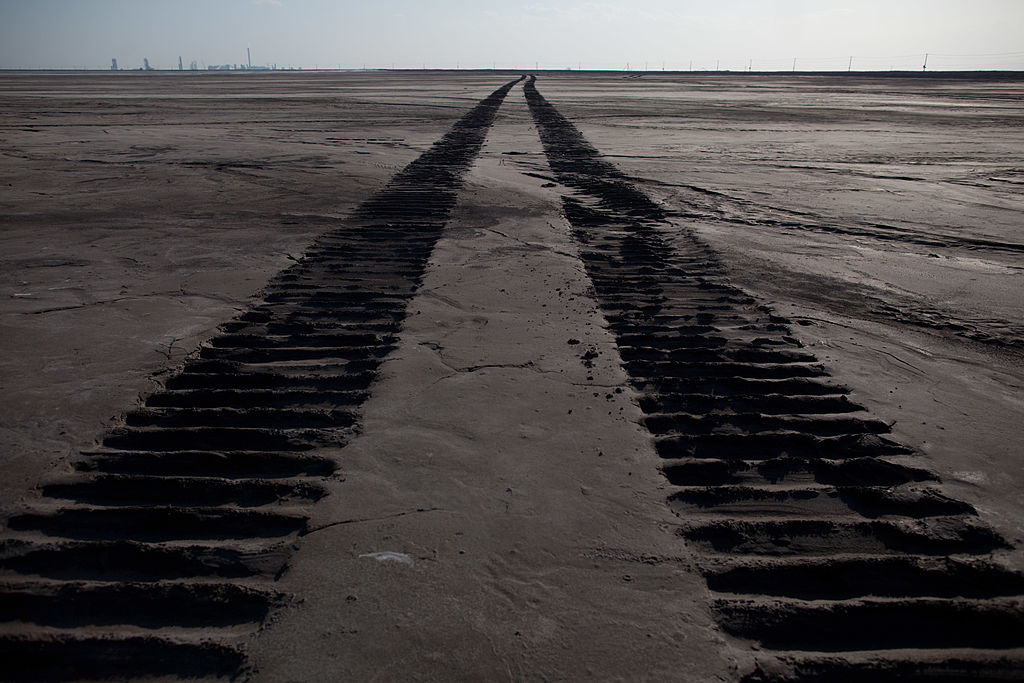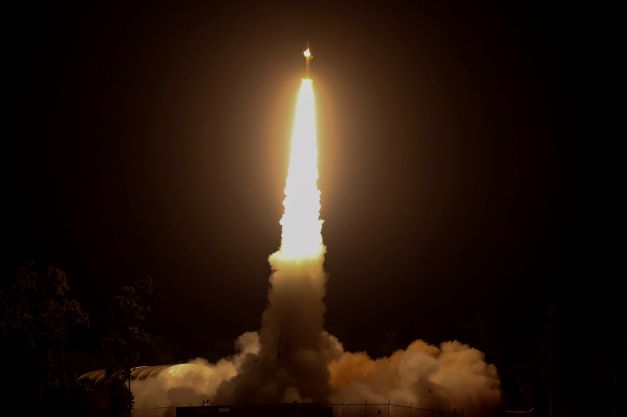Beefing up northern Australia’s food resilience
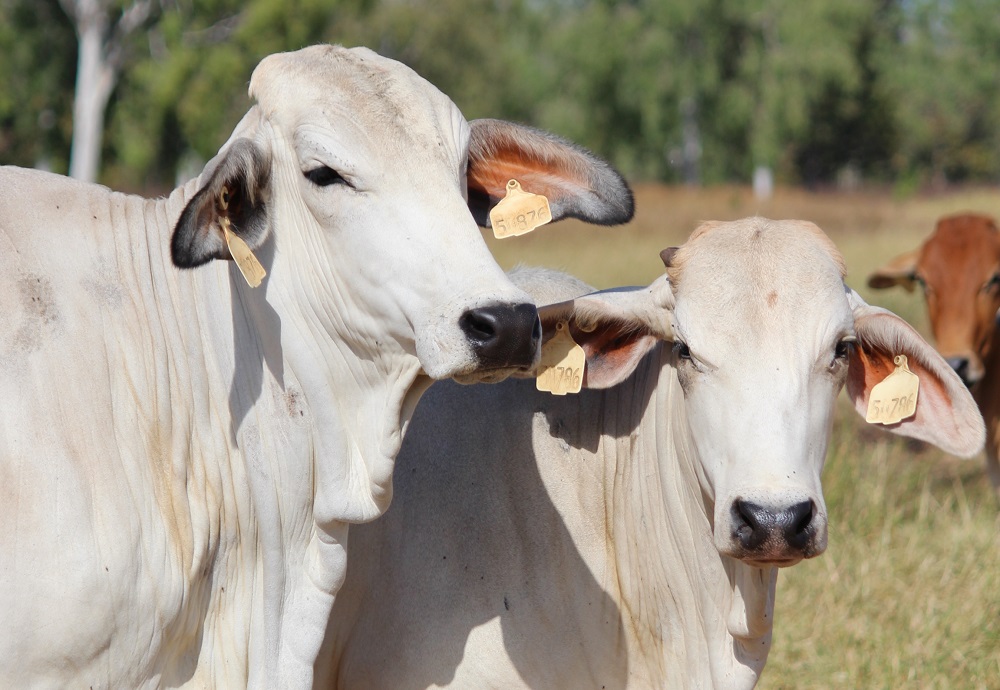
Northern Australia sits at the end of extended food supply chains of 3,000 to 4,000 kilometres in length. This feature has long been identified as a point of vulnerability for populations in the north of the country. These conduits have been and continue to be exposed to climatic and energy shocks. Even though the north of Australia has substantial fresh food production capabilities in both livestock and horticulture, the production regions are highly dispersed and there’s limited food processing. Most of Australia’s food processing is done in southern regions. This article proposes a case for positioning food-processing investments in northern Australia closer to sources of produce supply and northern population centres. It also introduces a project dedicated to investigating this possibility.
Australia’s supply chains have long been precarious. We are a distant island in a hyperconnected global economy. Despite being a net food exporter, Australia’s international and domestic food supply chains have come under considerable pressure, from pandemic, climate and energy shocks¾ and, given current global uncertainties, there could be worse to come. The historical resilience of Australia’s food production and distribution system has led to some level of national complacency about food security.
However, over the past three years, various unrelated events have pushed global supply chains and the contemporary economic system to their limits, and proven that our complacency needs to change. Covid-19 saw just-in-time food supply chains falter. In addition, increased competition between China and the US has had many trade consequences for Australia. Centralisation of production and offshoring have left supplies of essential commodities like urea and phosphates at the mercy of our trading partner’s domestic policy decisions. The war in Ukraine continues to disrupt supply chains, with cascading changes in export controls for food in many countries and instigating a global energy shock. It’s little wonder that discussion of secure, sovereign and resilient supply chains has increased. None of these supply chains is more important than food.
The northern Australia food technology innovation project is investigating advances in food processing and the value-adding of agricultural produce in northern Australia. Funded by the Department of Education, Skills and Employment, and hosted with Charles Darwin University, it is focused on shelf-stable food production using novel food-processing technologies that can deliver superior food sensory and quality outcomes. The core aim is to drive growth and generate employment by establishing regional food-processing capability in the north, with a particular focus on the Northern Territory and northwestern Western Australia. The project will investigate the strategic, business and technological aspects of a regional food-processing facility. It represents a first step in building regional and national capability in shelf-stable food production in the north of Australia.
Having regionalised processing capability (especially in the shelf-stable lines) would enable product differentiation and additional market opportunities that could contribute to increased overall industry resilience, especially if there are radical and sudden changes to market conditions for core northern-sourced agri-food commodities. Such a development has the prospect of putting a floor in the market for animal and plant production sectors in the NT and Ord River region of WA, especially for out-of-specification or sub-premium produce. Such produce, while still of satisfactory quality, ends up heavily discounted or wasted.
A shelf-stable food-processing capability is deemed a critical next step by both the livestock and plant industry sectors in generating growth in industry value and employment. To be successful, northern Australian food manufacturing will require scalable, automated and digitised manufacturers and service industries operated by a highly skilled professional workforce. It must be focused on productivity gains and be competitive in the global marketplace. Demand for shelf-stable and long-life foods in developed economies is increasing. Improvements in food technology and concerns about food security likely underpin this shift.
A local food-processing sector can increase regional economic opportunities and jobs by creating new products, services and markets. Regionalised food processing is an economic multiplier. Remote regions can and have benefited from these types of investments in Australia. The vegetable processing being done in northern Tasmania and at SPC Ardmona’s Shepparton plant in Victoria showcase the wealth generation and employment growth that food processing can deliver to regional economies.
Red meat is an obvious candidate for such a facility. The north of Australia produces cattle in volume. Paradoxically, Australia isn’t a large domestic producer of shelf-stable processed meat products. Here lies an opportunity not only for import substitution, but also for new and improved products using novel technologies that can deliver superior nutrition and taste.
There’s also a strategic capability angle related to this topic. Most of the Australian Defence Force’s combat ration supply is centred in New Zealand, which presents a number of sovereign risks. The northern Australia food technology innovation project’s efforts could add to the case for bringing military rations manufacturing capability back to Australia, and importantly to have a hub of such capability in the north of the country. This offers the advantage of greatly reduced lines of supply to forces in northern Australia and in Southeast Asia, for example.
A sovereign and resilient food supply chain won’t just happen. Many nations are now trying to mitigate the risk of food supply-chain shocks by restricting exports. In contrast, a forward-leaning Australia focused on shelf-stable food production could provide increased global food security—especially with meat products from the northern cattle herd. This change will require the right Australian government policy settings, as well as co-investment with agribusiness and food industry partners to initially pilot, road-test and implement.


